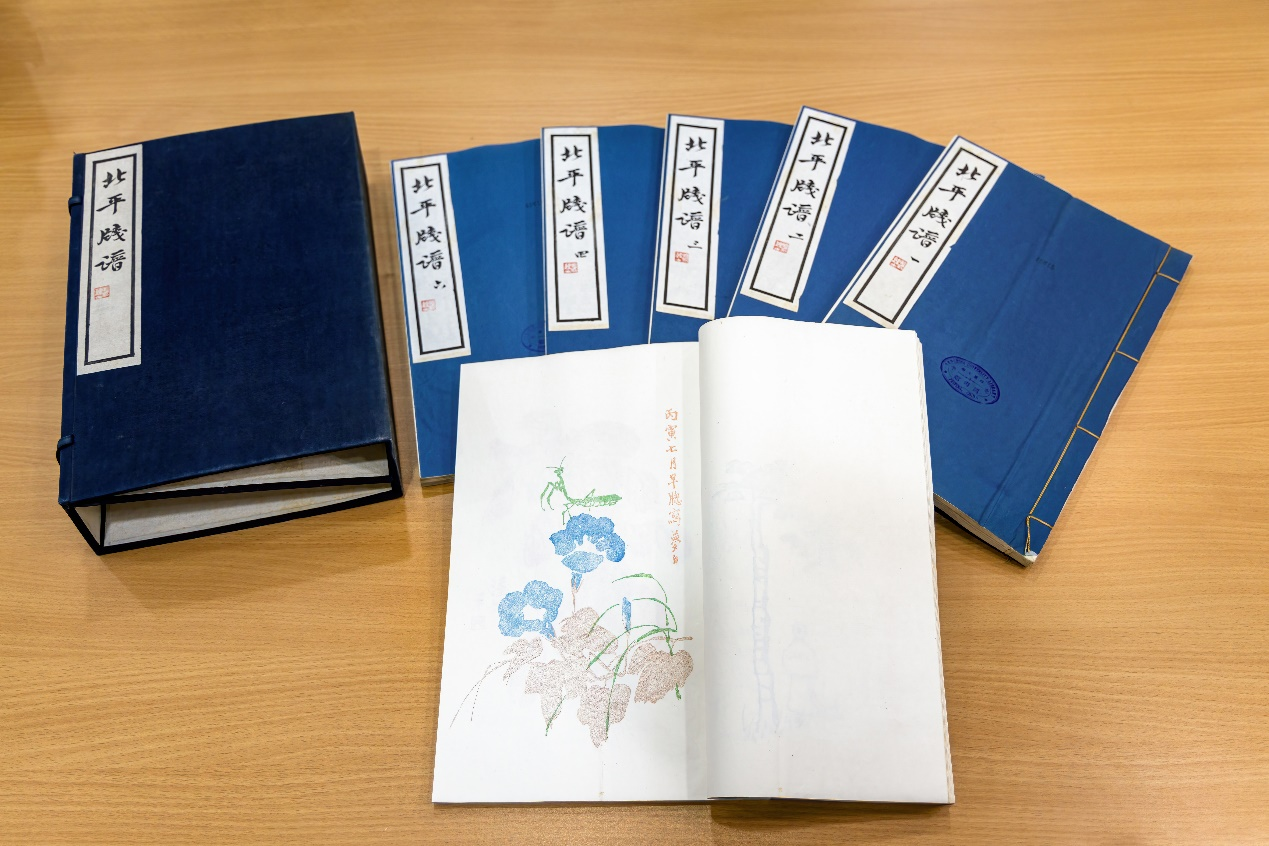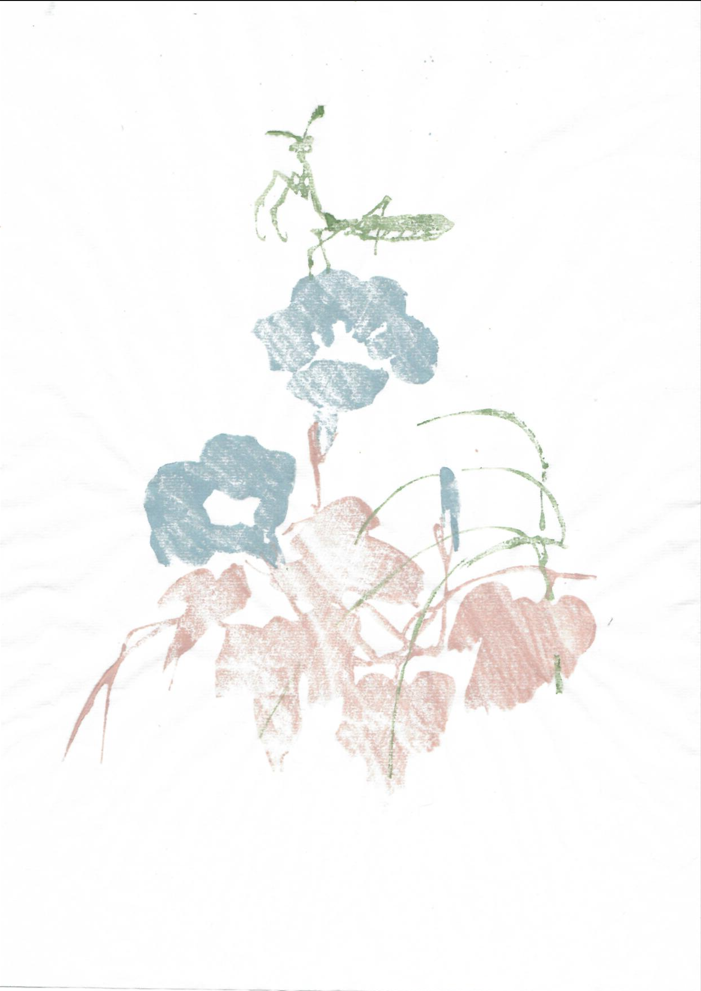Woodblock Printing Experience
Woodblock printing is a traditional Chinese printing technique that involves carving book content onto a wooden board, applying ink to the carved block, and then covering the paper pages for printing to obtain the finished product. Woodblock printing was invented during the Tang Dynasty and was widely used in the mid to late Tang Dynasty. In 2009, woodblock printing was officially selected as representative works of the World Intangible Cultural Heritage of Humanity.
The web page for woodblock printing experience is inspired from the Song Dynasty edition of “ Collected Works of Mr. Gong Kui ” collected by the Peking University Library. The “ Collected Works of Mr. Gong Kui ” is an original copy carved by the Lou family, and is the only surviving edition in the world. It was well printed and has an elegant and vigorous font.
Doublock printing is a printing form in which small printing plates are carved based on the patterns of the artwork, and then overprinted in different colors to obtain colorful and varying shades of patterns. The experimental article in the woodblock printing experience- " Mantis and Morning Glory ", is selected from the " Beiping Jianpu " compiled by Lu Xun and Zheng Zhenduo in 1933 in the collection of Peking University Library. Jianpu is a type of writing paper with elegant patterns as the background.
The librarian from the Ancient Book Resource Service Center will present and guide the experience of traditional Chinese woodblock printing and doublock printing techniques on site. Participants can personally experience the entire process of pouring ink, dipping ink, applying ink, brushing and uncovering paper.

Figure 1 Collected Works of Mr. Gong Kui

Figure 2 Finished woodblock printing product

Figure 3 "Beiping Jianpu"

Figure 4 Doublock printing finished product
Exhibition of Ancient Book Restoration Techniques
As an important means of extending the lifespan of ancient books, the art of restoring ancient books can be traced back before the Tang Dynasty and has been passed down from generation to generation for thousands of years. For different types of ancient books, restorers need to choose appropriate restoration methods. The process of restoring an ancient book can be as short as a few days, or as long as several months. The repair process is complex and delicate, and the conventional process includes disbanding, cleaning, coloring paper, mending fore edges, filling holes, joining splits, extending margins, lining, flattening, trimming, rebinding, and so on. Each step requires the restorers to strive for perfection.
The restorer from the Library's Ancient Book Resource Service Center will display the techniques of ancient book restoration on site, focusing on the basic operations in ancient book restoration – mending fore edges and filling holes. On site, readers can observe the repair operation techniques in a close distance and understand the miraculous change of a damaged book leaf.

Figure 5 Tools for ancient book restoration





